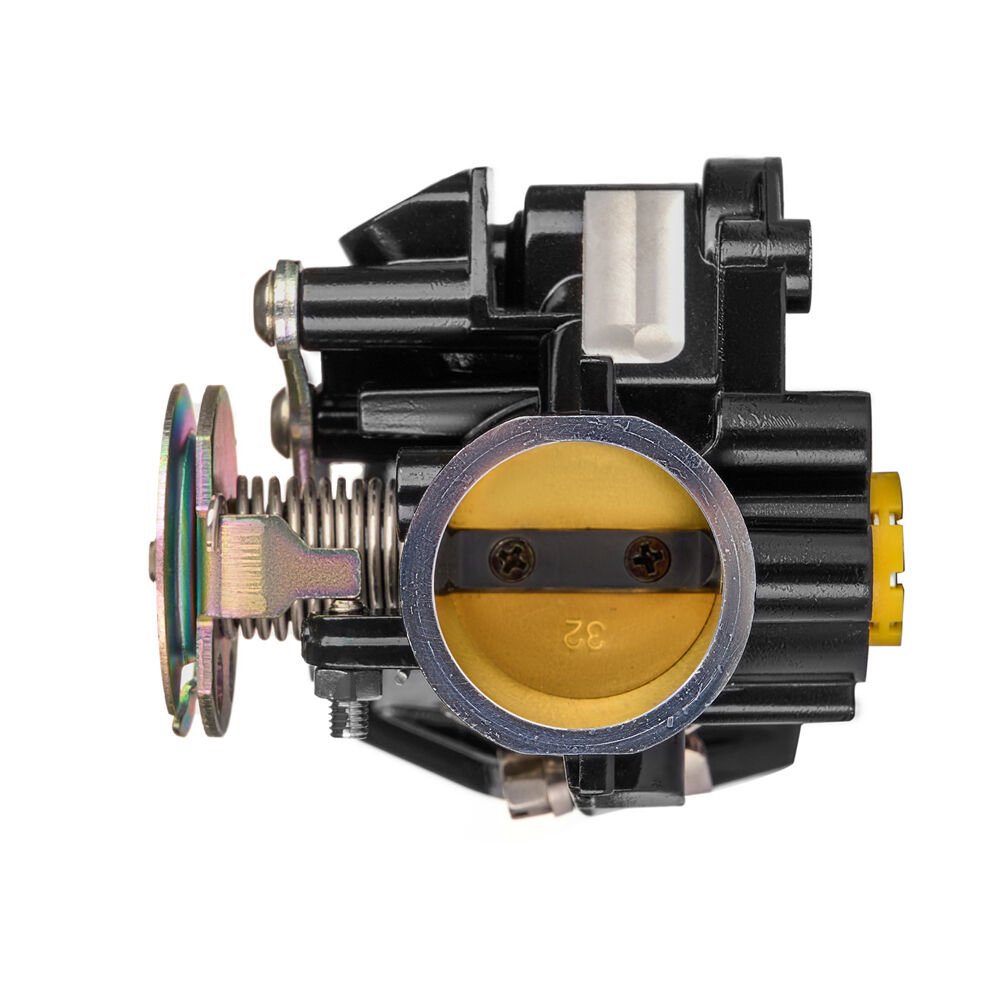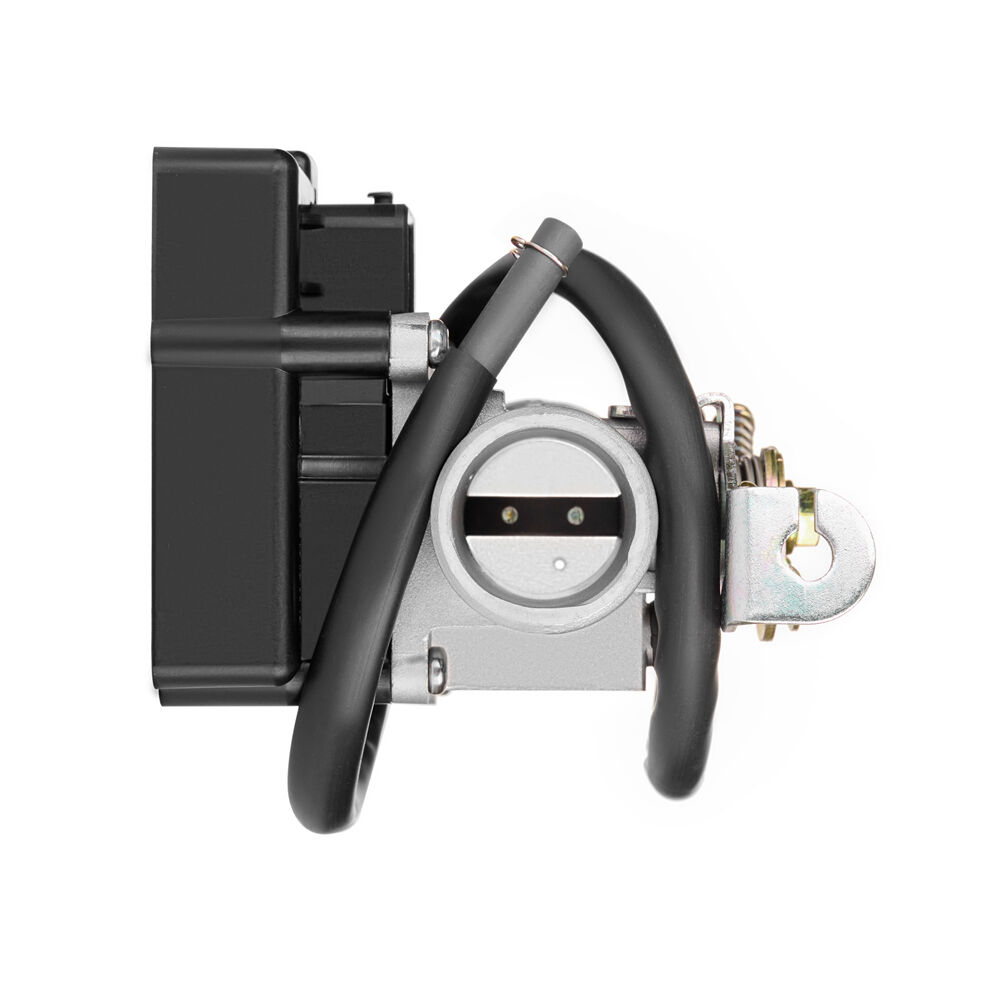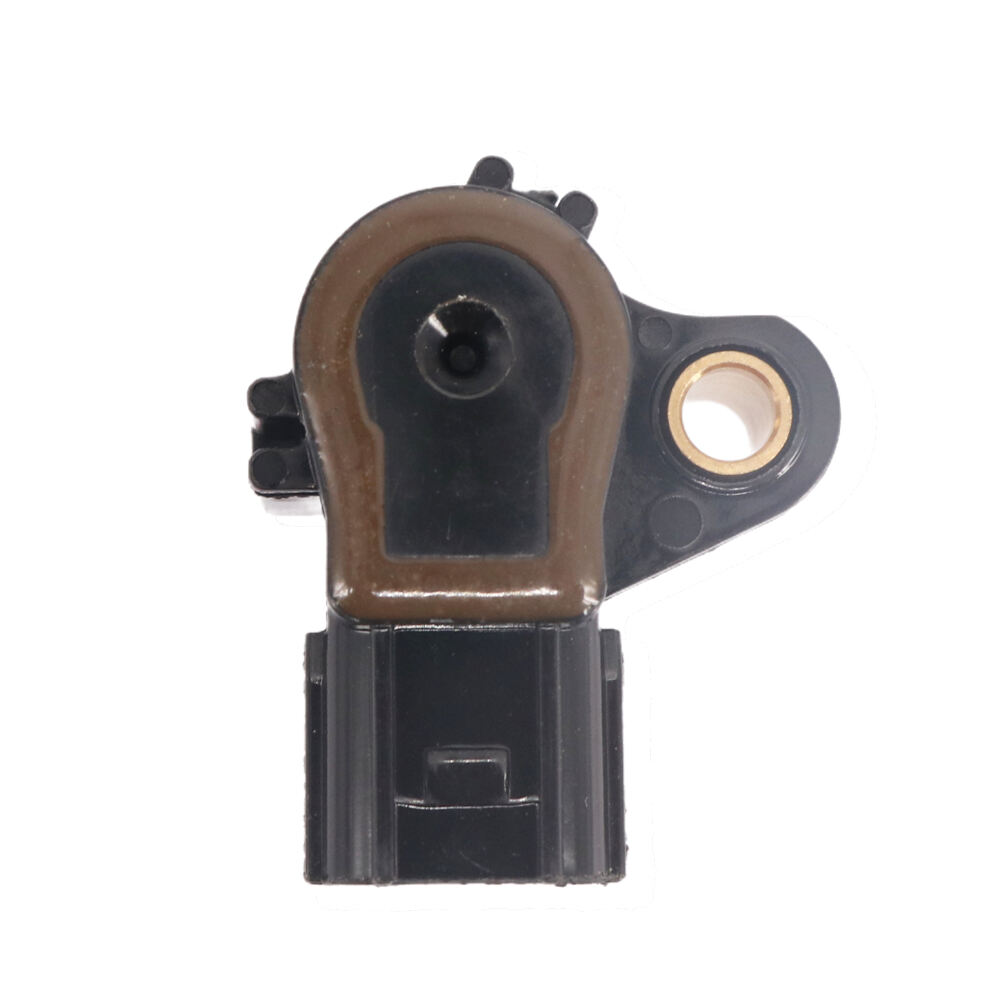how to test new crankshaft position sensor
Testing a new crankshaft position sensor is a critical diagnostic procedure that ensures proper engine timing and performance. The process involves several key steps and tools to verify the sensor's functionality. A crankshaft position sensor monitors the position and rotational speed of the crankshaft, providing essential data to the engine control module. Testing begins with a visual inspection of the sensor and its wiring harness for any obvious damage. Using a digital multimeter, technicians can measure the sensor's resistance values and output voltage to determine if they fall within manufacturer specifications. The testing procedure also includes checking the air gap between the sensor and the reluctor wheel, as incorrect spacing can lead to erratic readings. Modern diagnostic tools can perform real-time monitoring of sensor signals, allowing technicians to observe waveforms and detect any irregularities in the sensor's output. This comprehensive testing approach ensures accurate diagnosis of sensor-related issues and helps prevent unnecessary parts replacement.


